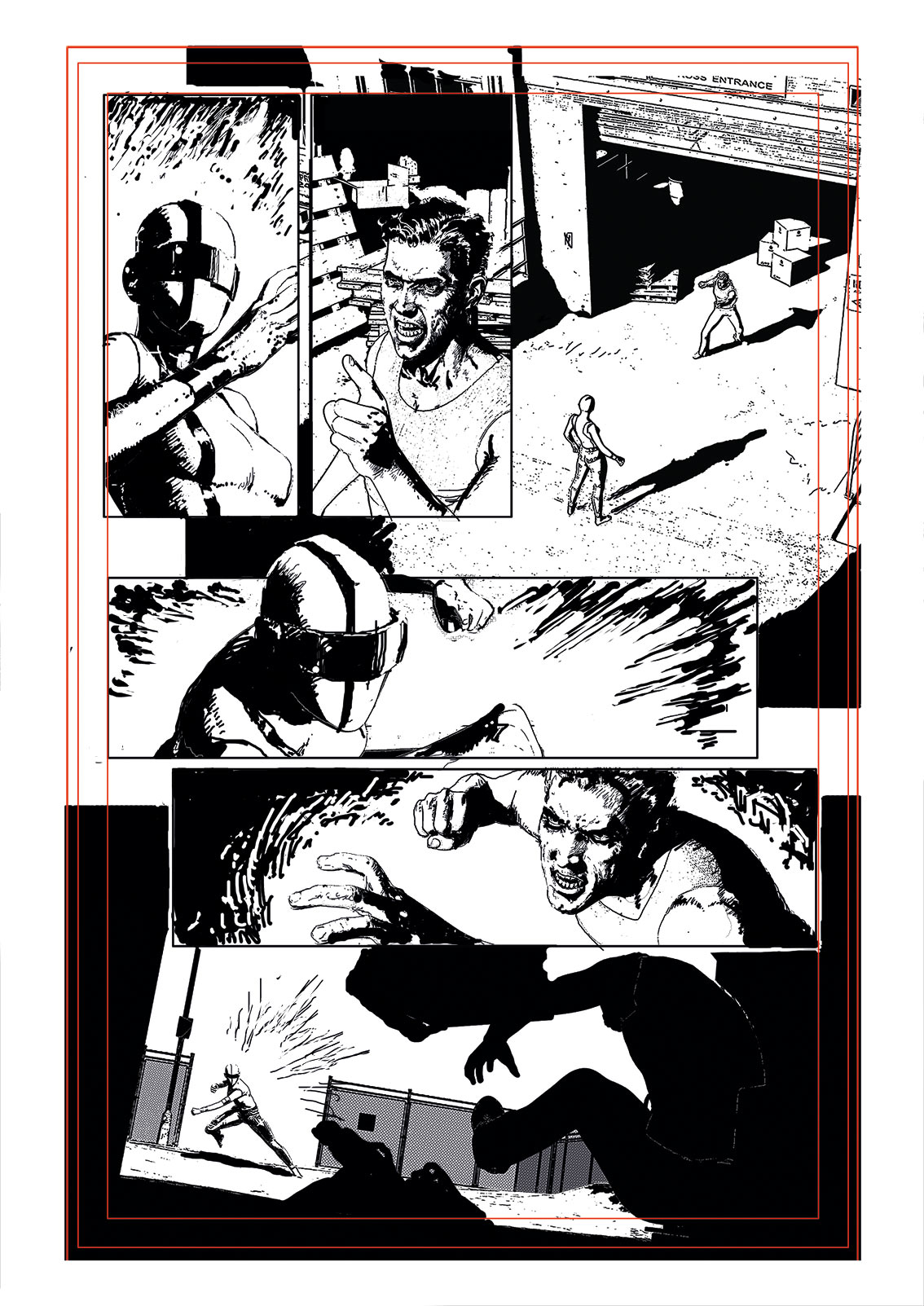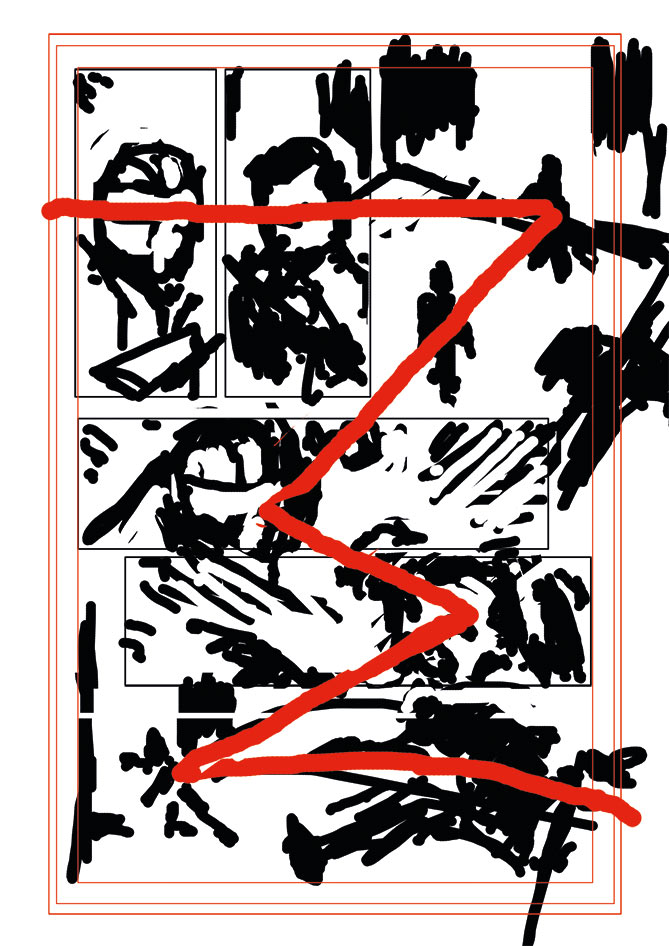Tips for guiding a reader through comic art
Make dynamic layouts easy to follow with this expert advice.

There are many things to consider when learning how to draw a comic strip: forging a story, developing your characters and pencil drawings, for example. But one of the most important considerations is page layouts – these has a lot of influence over how a reader follows a story, so making them seem natural and easy to follow is vital.
For this article, I've laid out a page detailing an escalating conflict. In the first two panels (above), there's only mild conflict and so I've used straightforward angles and panel placement. But as things become more heated, I begin to drop or break panel borders, stagger panel placement and incorporate more dynamic angles and perspective.
I use DAZ 3D to plan my panel compositions; manipulating the camera placement and focal length can create some dramatic effects that would be difficult to achieve using traditional methods. Then I use Photoshop to organise my DAZ renders. All the major compositional elements in each panel are placed to subconsciously guide the reader from one panel to the next in sequence.

The figures in panel three (above) are shot from such an angle as to create an invisible, diagonal line that leads from the upper figure, through the lower figure, through the left fist of the character in panel four, right to the focal point of panel four: the face of the charging character.
I then guide the reader through the focal points of the following two panels in a similar way, using one, continuous, zig-zagging line of action. This way the action can be dynamically staged, yet be clear and intuitive for the reader.
Artist's secret: Leading the eye
Drawing an imaginary, or even literal, line through your layout to represent the path of the reader's eye across the page can be a great help in pulling all your major storytelling elements together, so that they flow smoothly.
Daily design news, reviews, how-tos and more, as picked by the editors.
